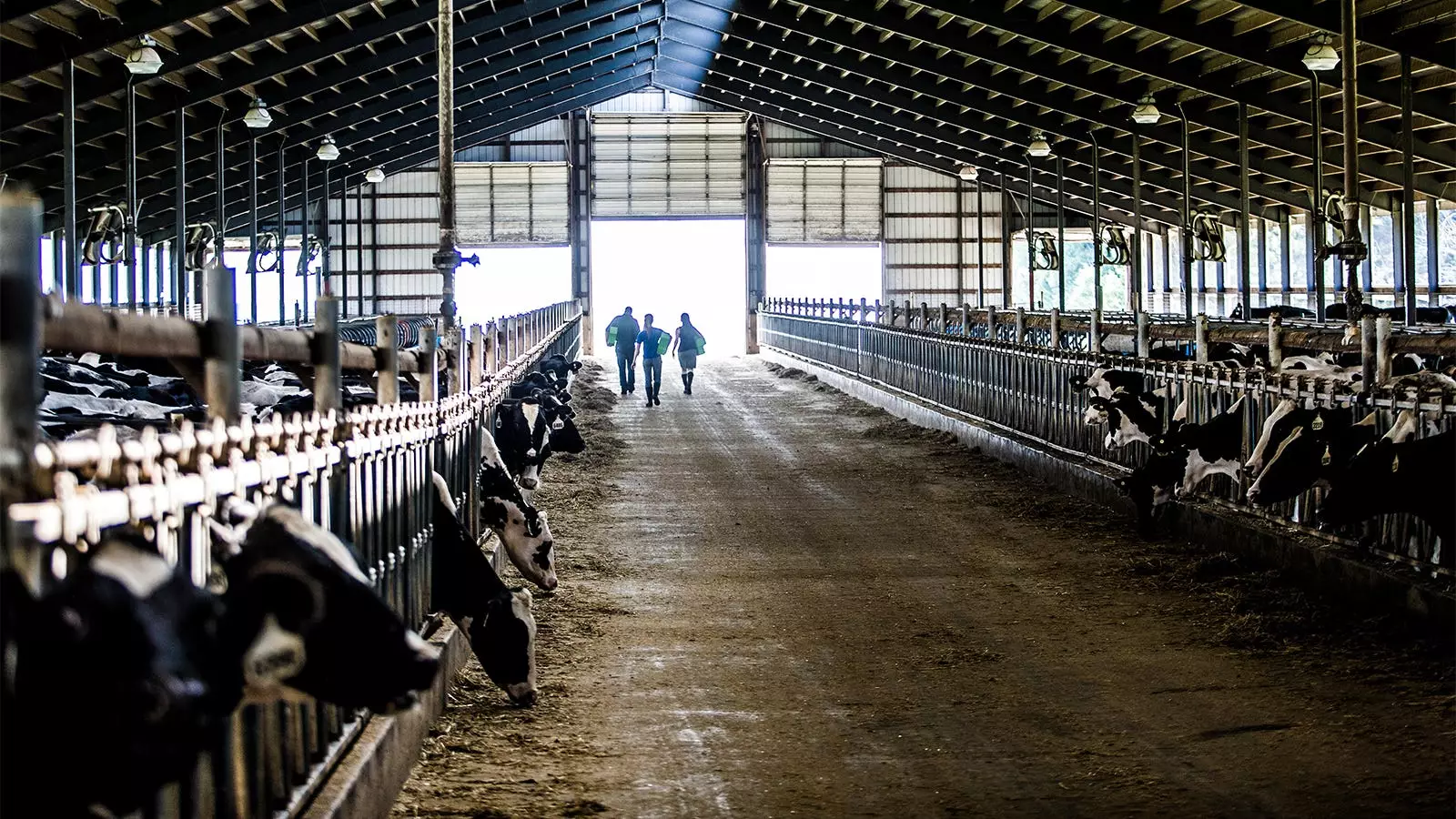The CDC is closely monitoring the potential threat of H5N1 posing an increased risk to human health, despite the current risk being low. The agency has expressed concerns about the possibility of influenza A(H5N1) viruses evolving in a way that could infect and spread more easily among people, potentially leading to a pandemic. As of May 22, around 350 farm workers are under surveillance for illness after exposure to infected cows or raw cow’s milk contaminated with H5N1, highlighting the urgent need for vigilance and preparedness.
Recent reports of human cases of H5N1 infection in dairy farm workers in Texas and Michigan have raised alarms within the CDC. The first human case linked to an ongoing outbreak in dairy cows was reported in Texas, followed by a second case in Michigan. Both individuals developed conjunctivitis from the H5N1 infection, emphasizing the need for prompt identification and response to prevent further spread of the virus among humans.
A study published in the New England Journal of Medicine revealed alarming findings when mice were exposed to raw milk from infected dairy cows. The mice quickly developed signs of illness, with high levels of the virus detected in their nasal passages, trachea, and lungs. This study underscores the potential dangers of H5N1 infection through contaminated dairy products and the importance of avoiding raw milk consumption.
The CDC has confirmed that pasteurization effectively inactivates H5N1 viruses, ensuring the safety of the commercial milk supply. However, caution is advised, and individuals are urged to refrain from consuming raw milk or products derived from raw milk to minimize the risk of infection. Clinicians are advised to consider the possibility of H5N1 in patients presenting with conjunctivitis or respiratory symptoms following relevant exposures to infected animals or products.
While the current risk of H5N1 to the U.S. public remains low, the potential for a novel influenza virus to cause a pandemic poses a significant concern. Comprehensive global surveillance and monitoring of influenza activity are crucial to detect any emerging threats to human health promptly. The CDC is actively monitoring trends in influenza activity, including any unusual changes in positive influenza tests and collaborating with commercial laboratories to enhance virus subtyping and diagnostic testing capabilities.
The CDC’s proactive approach to monitoring and preparing for the potential threat of H5N1 underscores the importance of global cooperation in preventing the spread of infectious diseases. By staying vigilant, implementing appropriate preventive measures, and conducting thorough surveillance, we can mitigate the risk of a potential pandemic and protect public health. It is essential for healthcare professionals, individuals, and communities to remain informed and prepared to respond effectively to any emerging threats posed by H5N1 and other infectious diseases.


Leave a Reply